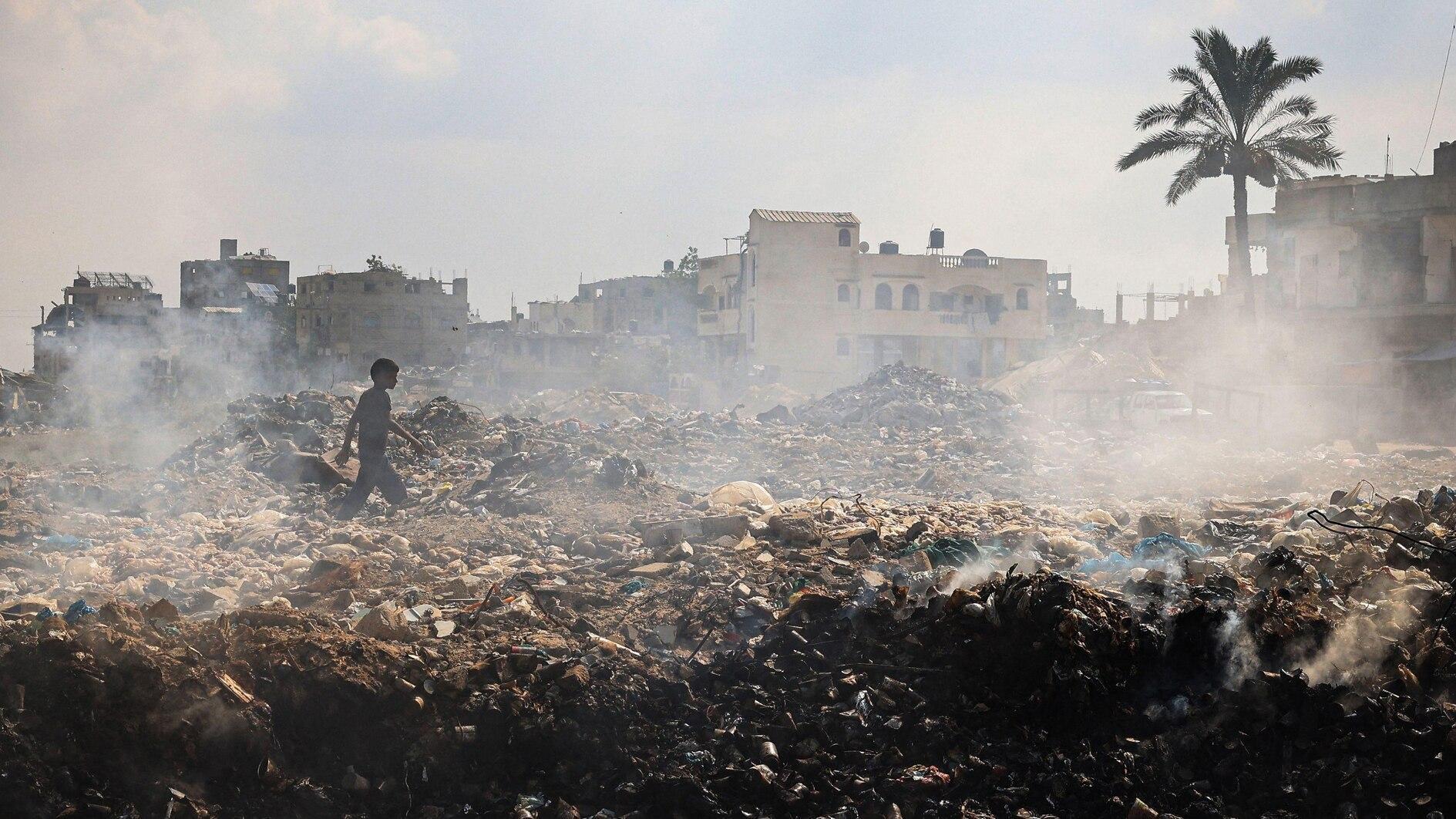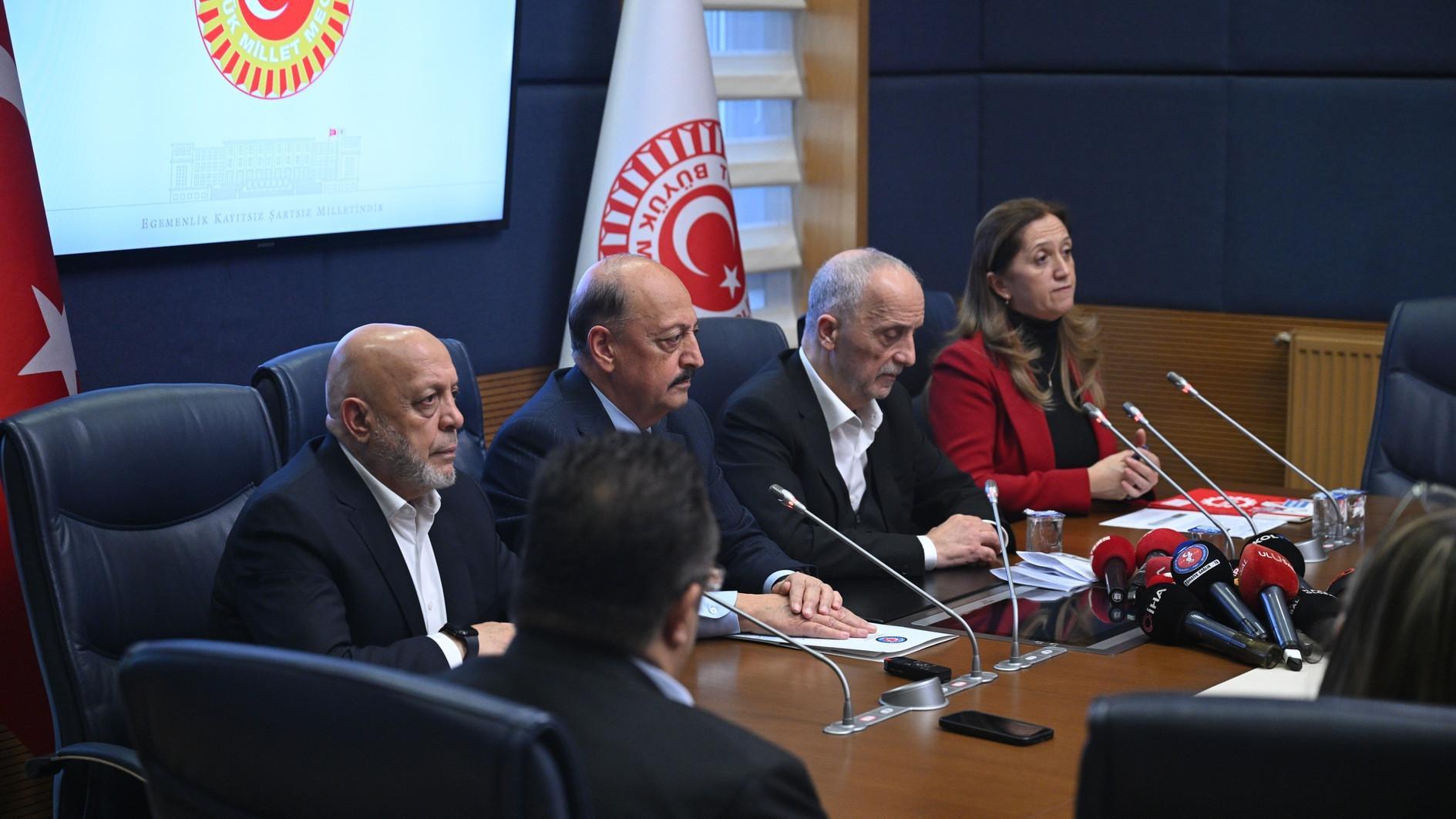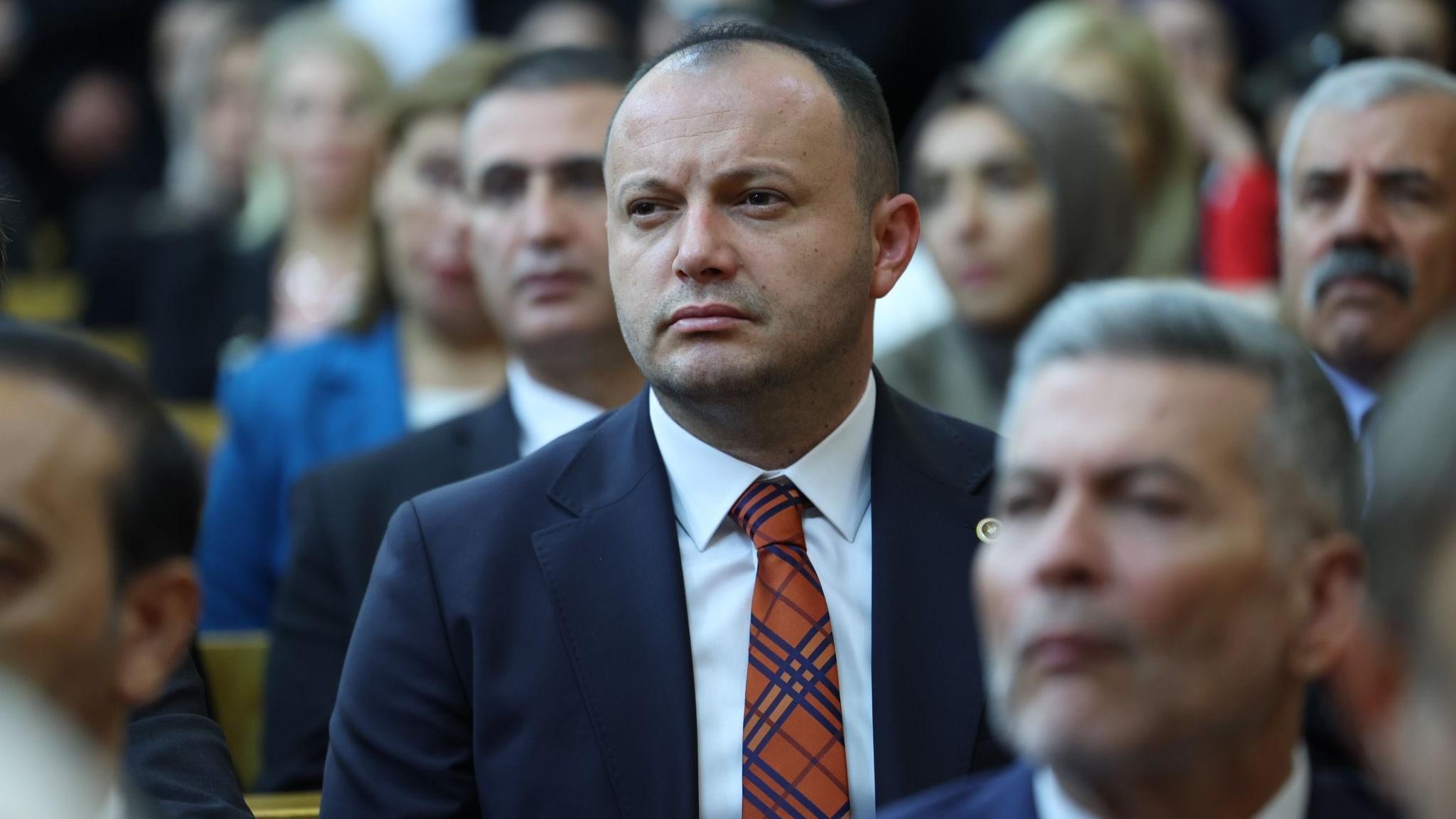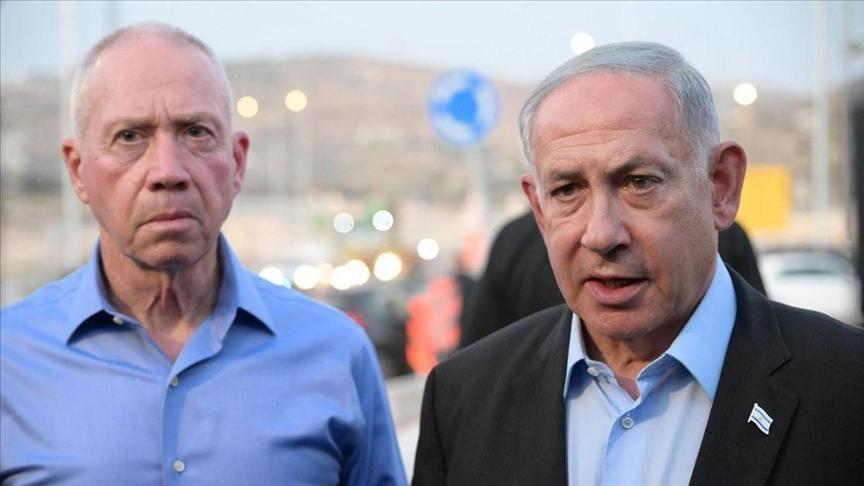Everywhere in Gaza ‘potential killing zone,’ UN chief says
GAZA STRIP

U.N. Secretary-General Antonio Guterres has expressed concern over the recent attacks on a humanitarian zone in the Gaza Strip, saying that "nowhere is safe" in the besieged enclave.
"The extreme level of fighting and devastation in Gaza is incomprehensible and inexcusable...Everywhere is a potential killing zone," Guterres said on X late on July 15.
It is high time for the parties to the conflict to show the political courage and political will to finally reach a deal, he added.
Separately, Guterres' spokesman, Stephane Dujarric, said that the U.N. is calling on all parties to respect their obligations under international humanitarian law and to take constant care to “spare civilians and civilian objects.”
"I can further tell you that we and our humanitarian partners continue to assist families who are being displaced from northern Gaza to areas in the south," he told the reporters.
"There is no safe place in Gaza. Not shelters, not hospitals, and not the so-called humanitarian zones," he stressed.
Meanwhile, the Health Ministry in Gaza yesterday said that 49 Palestinians were killed in the last 24 hours, bringing the death toll over the past three days to more than 360.
The weekend and early days of the week witnessed the Israeli army’s heavy bombardment, with the July 13 attack killing over 90 people in an area previously designated as a “safe zone” by Israel.
Speaking after a visit to the site of the July 13 strike in Al-Mawasi in Khan Younis, U.N. aid official Scott Anderson reported witnessing “some of the most horrific" scenes he had experienced in his nine months in Gaza.
“With not enough beds, hygiene equipment, sheeting or scrubs, many patients were treated on the ground without disinfectants, ventilation systems were switched off due to a lack of electricity and fuel, and the air was filled with the smell of blood,” he said on a visit to a nearby hospital.
In a statement, Gaza's Government Media Office said that doctor assessments suggested that third-degree burns on the bodies of patients, many of who died, were caused by the weapons used by the Israeli army.
The arms were mainly U.S.-made, known as chemical or thermal weapons, and "are internationally prohibited from being used against humans," the statement added.
Meanwhile, Israel renewed its bombardment of the Gaza Strip yesterday, after its key military backer the United States renewed its criticism of its ally over the high civilian casualty toll of the war.
Residents told AFP of Israeli warplanes striking central Gaza and artillery fire hitting the territory's south, while medics said they pulled multiple bodies from the rubble of the latest bombardment.
Hours earlier, U.S. Secretary of State Antony Blinken told two top Israeli officials that casualties among Palestinian civilians "still remain unacceptably high.”
"We continue to see far too many civilians killed in this conflict," spokesman Matthew Miller said after Blinken meth Israel’s Strategic Affairs Minister Ron Dermer and National Security Adviser Tzachi Hanegbi.
















